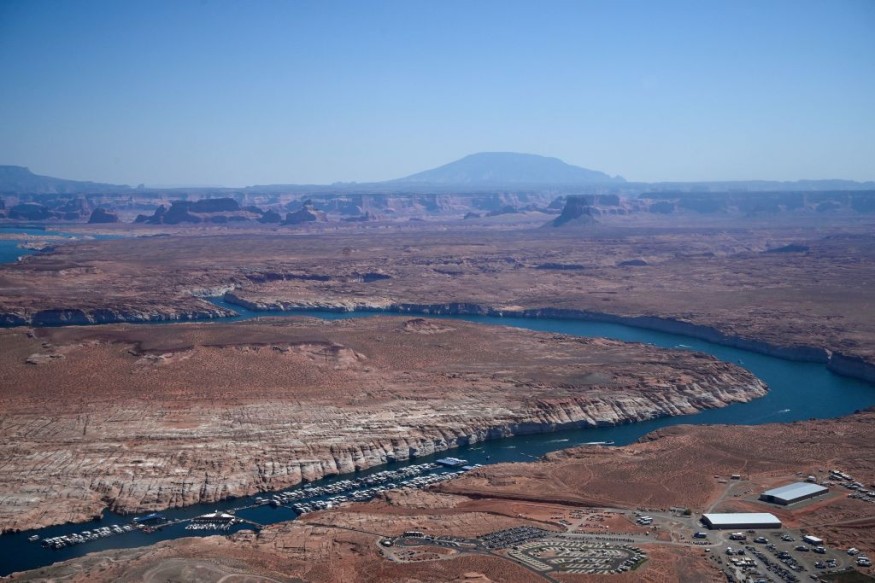Drought has already affected Colorado River's water levels, which has reportedly dropped by 20% and is the lowest this century, according to the United States Geological Survey.
Scientists are concerned that the river will not be efficient enough to feed reservoirs in the coming years, particularly when it comes to providing water supply and generating power.
The US river is one of the most crucial natural bodies of water for the Southwest US and northern Mexico, as it gives water to around 40 million people along its surrounding areas and supplements water to 5 million acres of farmland.
The river's water level decline could one day make it weak enough to flow downstream from a dam or to drive turbines that generates electricity.
In recent years, scientists have warned that extreme weather events, including drought, will increase by the end of the 21st century unless humans take action like decreasing greenhouse gas emissions and fossil fuel burning.
The warnings are based on climate models show that climate change will intensify natural disasters and global warming will continue to increase global temperatures.
Colorado River Water Levels

The Colorado River has experienced a prolonged drought spanning for the past 23 years and exacerbated by climate change.
It is caused by rising temperatures that dries out the region, resulting in lesser flow in the river than it was before, according to Jennifer Pitt, a Colorado River program director at the environmental organization National Audubon Society, who told Newsweek.
Pitt adds that climate change is making hard for scientists to predict the river's future, as well as noting there is no historic precent for the situation we face today.
The Colorado River stretches across the Southwest US, an area suffering from the most severe megadrought since the year 800, according to scientists.
Two of the river's reservoirs have low water levels as well.
One of these is Lake Mead, the largest artificial reservoir in the US, stretching across Nevada and Arizona.
The Colorado River is not the only one in the country experiencing dangerously low levels.
In fact, the Mississippi River, the second longest river in North America, also witnessed its water levels at its lowest within a decade.
Western US Megadrought
The Western US and its surrounding regions are experiencing the worst drought in 1,200 years since the year 800, as mentioned earlier.
This is according to scientists in their study published in the journal Nature Climate Change in February 2022.
The megadrought became more evident during the past several decades and scientists predict this extreme climate event could continue until 2030.
According to the National Integrated Drought Information System (NIDIS), 44.51% of the US and 53.20% of the Lower 48 states were experiencing drought conditions from December 7 to December 13, affecting 117.1 million people in the country and 116.4 million people in the said states.
In addition to dried up rivers like the Colorado River, 357.1 million acres of crops in the US were experiencing drought, the NIDIS adds.
Related Article : Drought in Western US Could Last Until 2030 Due to Climate Change
© 2025 NatureWorldNews.com All rights reserved. Do not reproduce without permission.





